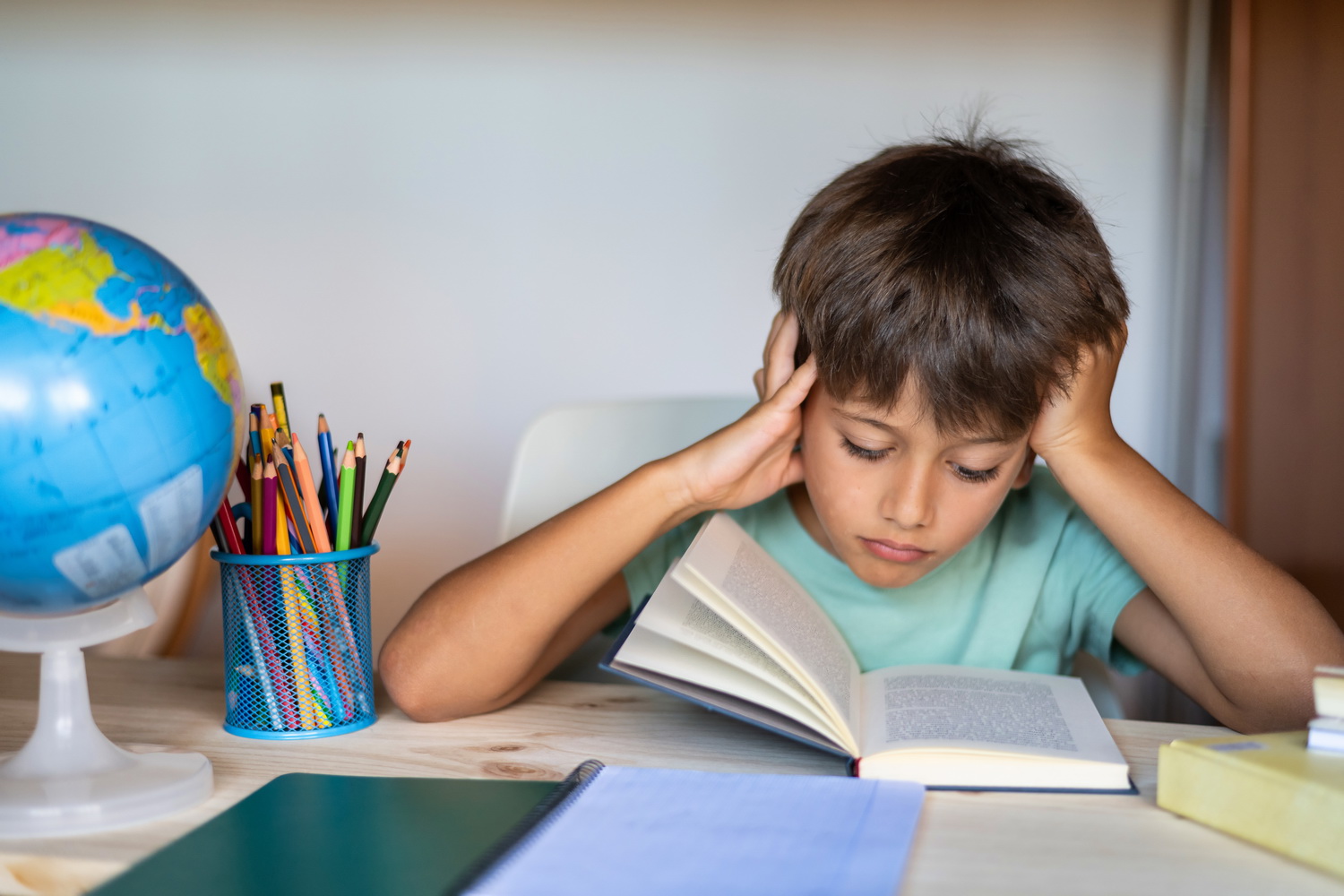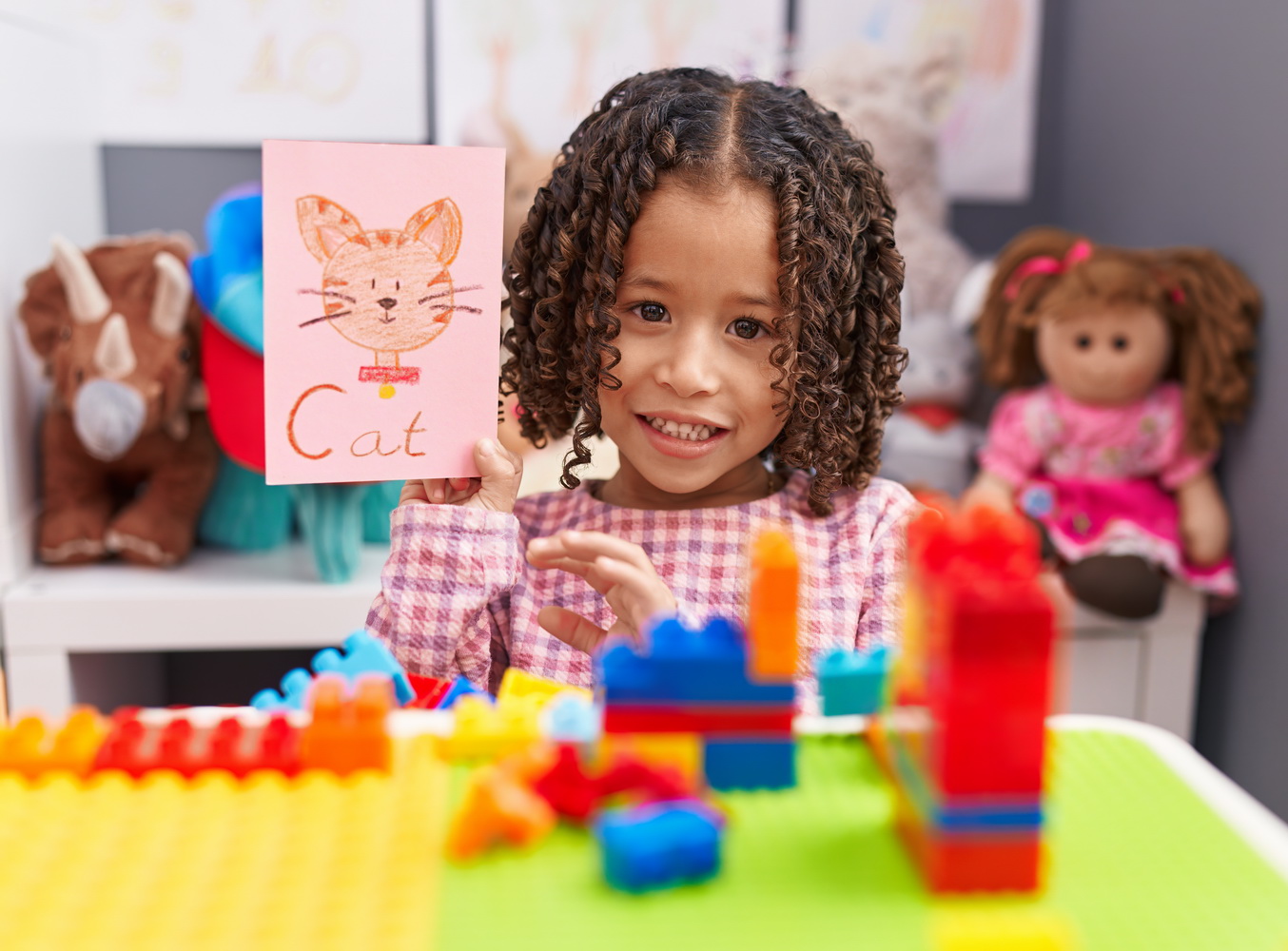Early Childhood Tips & Tricks Articles - Page 8
The Role of Pretend Play in Early Childhood Learning
Nov. 28, 2016
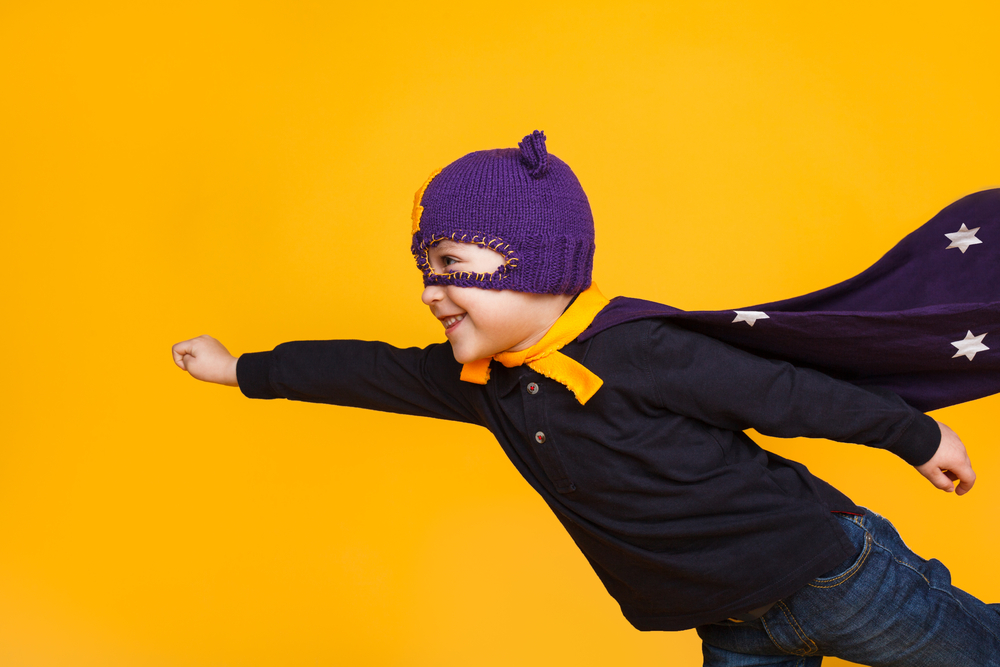
Watch your children play when they think you’re not listening, and you’ll surely listen in on quite a fantasy! Sometimes the games our children play seem silly, but what they’re doing is extremely important for their early development. Imaginative play helps children to act out the important roles of life. The following article will help you to see just why pretend play is so important for your child, and how to best support it in your home.
How to Cradle Early Literacy: A Guide for Parents
Nov. 21, 2016
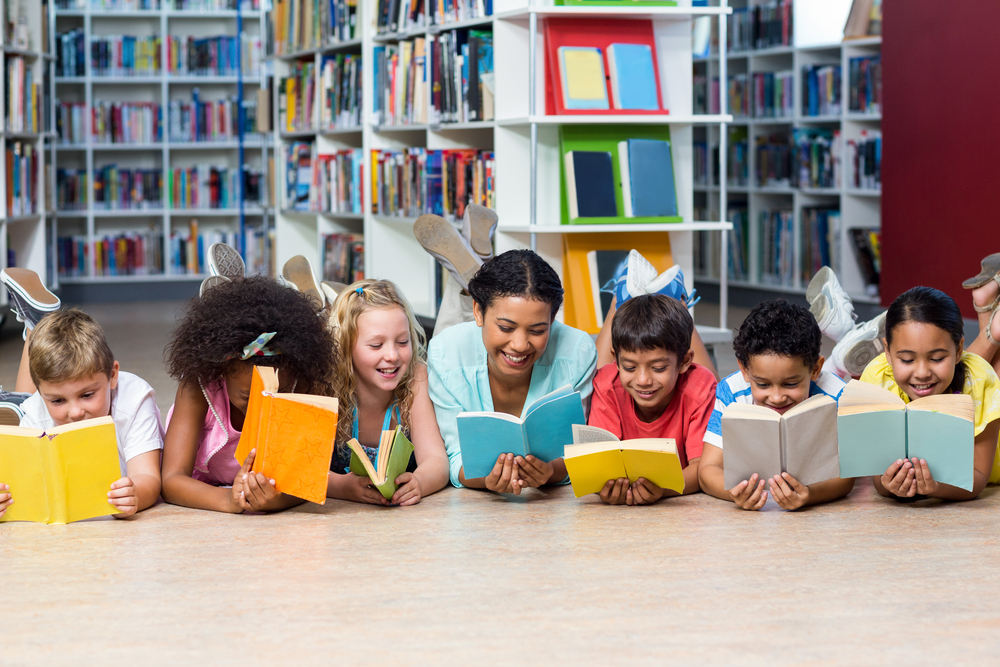
We live in a world very different from the one that existed when we first attended school. Kids are expected to know and learn much more, faster. Vitally important to future school and life success, early literacy is paramount. But how exactly do literacy skills factor into school success, and what do you need to do to make sure your little one is getting what they need? Keep reading to find out the answers to these essential questions.
The Role of Play in Early Childhood
Sept. 19, 2016
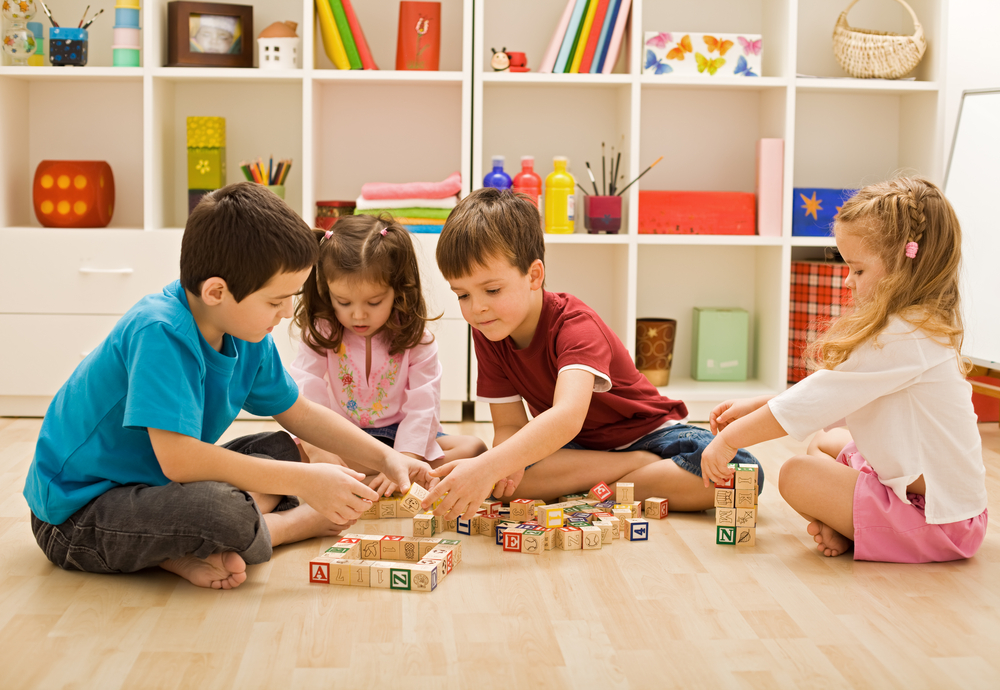
We have all heard that kids learn the best through play, but why is this so? What types of play are the most meaningful for children, and how can parents ensure that their child is getting the most out of their play time? Read on to find out just how important play time is for your child, and key ways to ensure that your child’s play benefits their early development.
Supporting Your Child’s Education on a Busy Schedule
Aug. 29, 2016
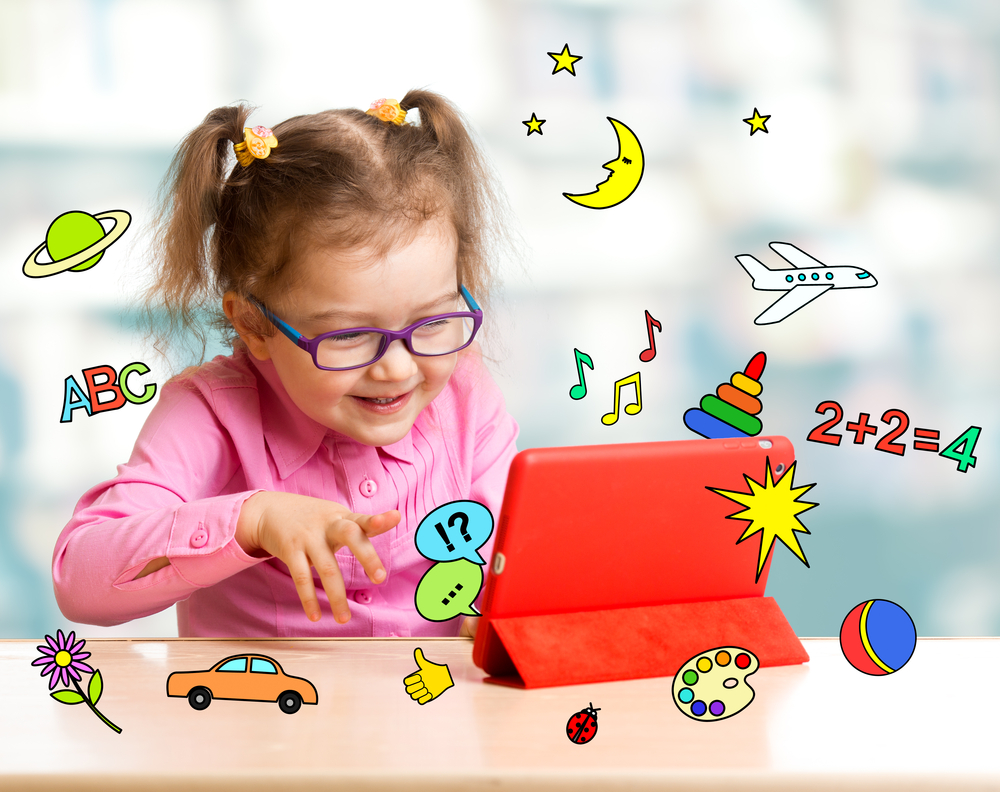
In the hustle and bustle of our busy lives, it’s often difficult to find the time to help our children learn. While it might seem impossible to find the time to support your child’s early education, there are strategies that can help you find the time without sacrificing crucial tasks. The following article will give you ways to support your little learners without taking up too much of your time.
The Importance of Sensory Play
Aug. 8, 2016
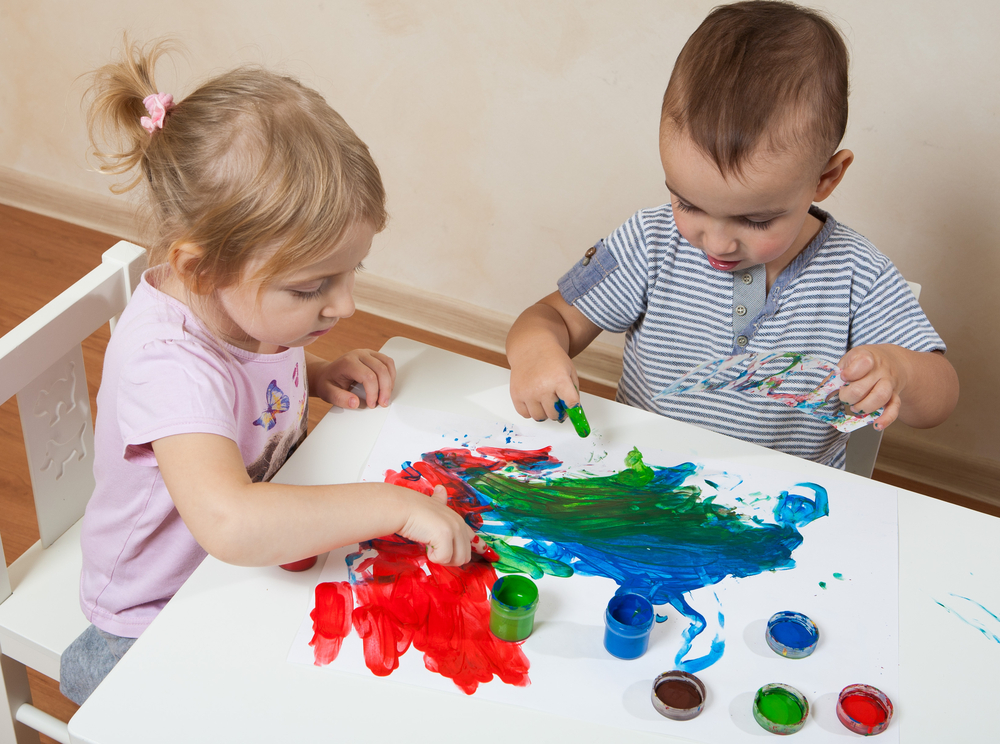
At a time when technology dominates our lives, it is important to remember the benefits that sensory learning has upon our little learners. One of the most exciting ways to support your child’s learning is to incorporate fun, messy sensory play into their everyday play. Here is a handful of ideas to help you get started.
How to Prepare Your Preschooler for Common Core Math
Aug. 1, 2016

We’ve all seen it on social media. Every so often, a post goes viral about an incomprehensible Common Core math problem that a highly educated parent couldn’t solve. Thankfully there are ways to prepare your preschooler. Even if your child won’t be learning Common Core, read on to find tips on how to help your child understand math in more depth.
5 Rules for Successful Science Adventures with Kids
Dec. 20, 2015
As we discussed in our previous blog post, teaching kids critical thinking skills brings some considerable advantages. Kids may grow up into smart adults that view problems as tasks to solve. For many of us teaching logics, or critical thinking, sounds rather challenging. Indeed, where do we start with? In this blog post we are going to offer you some principles to put to the core of teaching in order to achieve the expected results.
Advantages of Teaching Critical Thinking Skills to Kids
Dec. 13, 2015
Kids start learning things right from the moment they are born. In the first 6 years of their life they absorb a huge amount of information, first - through senses, then - through communicating with others. Hearing about something is one way of learning.
As we know, so many people – so many opinions. Each person your child talks to would tend to share their own thoughts and ideas.
Benefits of Creative Play for Kids
Nov. 29, 2015
Play is children’s most natural state of development. It can be either creative or regulated by rules, as, for example, chess. Creative play is free from any rules or conditions, and it is this type of play that causes a lot of interest. Researchers throughout the globe study the subject matter in order to understand how it influences children’s development.
Creative play, unconditioned by any rules, involves kids’ whole body and senses. They manipulate and touch various materials and objects.
Top 5 Impacts Storytelling Has on Kids
Nov. 22, 2015
We all love stories, and children particularly. You might have noticed that kids, which love talking, listening to stories without interrupting because they are fun, engaging, and exciting. Besides the fun factor, storytelling has a number of other benefits for kids, no matter whether you read a story or tell it by memory.
First of all, storytelling creates a special bond between parents and children. This is a way to spend time together, discuss a chosen book, and do something creative afterwards.



